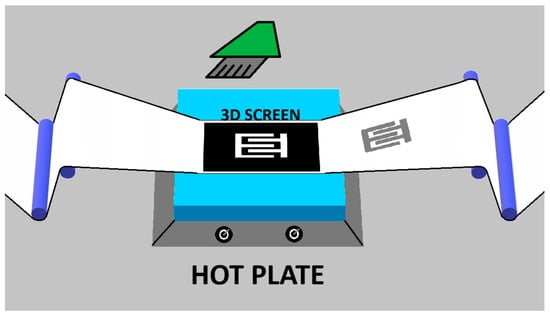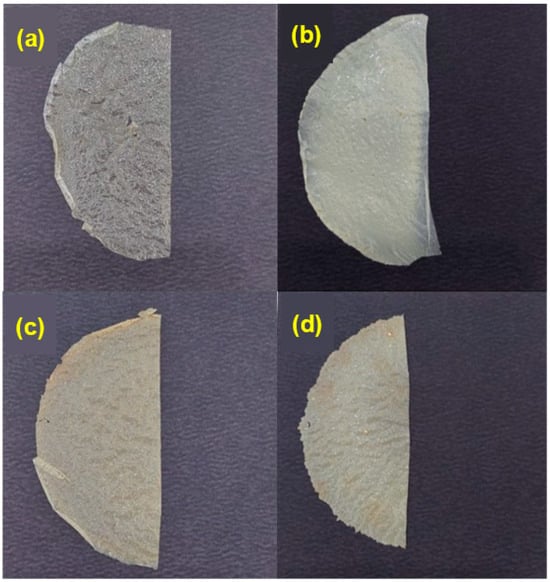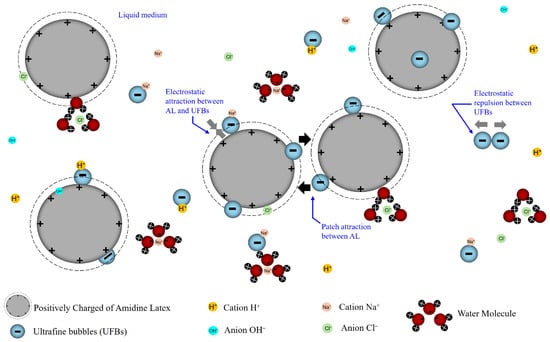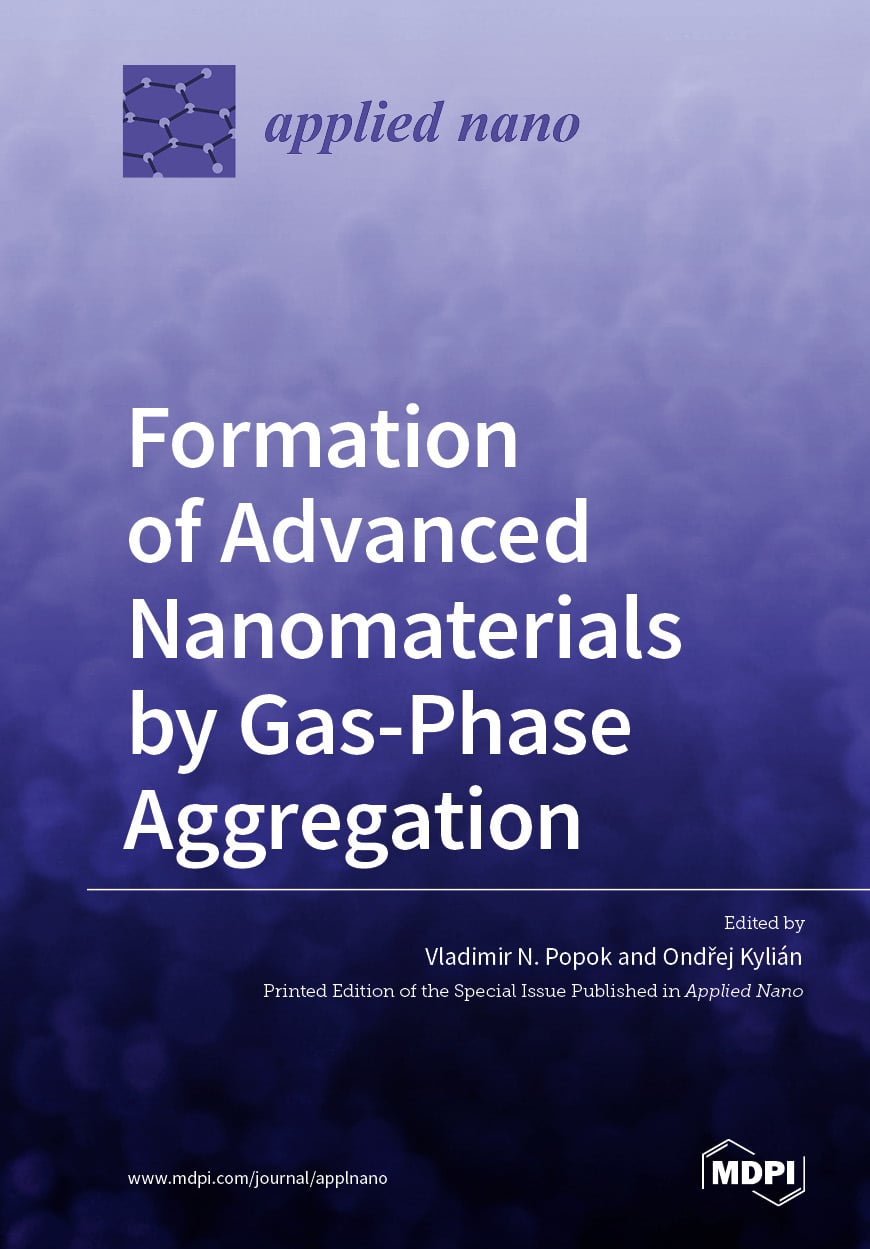- Article
A Methodology for Validation of DNA Origami–Quantum Dot Hybridization
- Mathis Janßen,
- Anastasiia D. Murkina and
- Julia Hann
- + 6 authors
Since the introduction of the DNA origami technology by Seeman and Rothemund, the integration of functional entities (nanoparticles, quantum dots, antibodies, etc.) has been of huge interest to broaden the area of applications for this technology. The possibility of precise functionalization of the DNA origami technology gives opportunity to build up complex novel structures, opening up endless opportunities in medicine, nanotechnology, photonics and many more. The main advantage of the DNA origami technology, namely the self-assembly mechanism, can represent a challenge in the construction of complex mixed-material structures. Commonly, DNA origami structures are purified post-assembly by filtration (either spin columns or membranes) to wash away excess staple strands. However, this purification step can be critical since these functionalized DNA origami structures tend to agglomerate during purification. Therefore, custom production and purification procedures need to be applied to produce purified functionalized DNA origami structures. In this paper, we present a workflow to produce functionalized DNA origami structures, as well as a method to qualify the successful hybridization of a quantum dot to a square frame DNA origami structure. Through the utilization of a FRET fluorophore–quencher pair as well as a subsequent assembly, successful hybridization can be performed and confirmed using photoluminescence measurements.
8 December 2025


![Various visualization of the frame structure: (I) CaDNAno schematic (scaffold = blue, staples = red, yellow & grey); (II) RMSF finite element simulation of the CaDNAno design via all-atom simulation via oxDNA; and (III) CanDo (bottom). oxView all-atom visualization of the frame structure was performed with the oxDNA online service [20].](https://mdpi-res.com/applnano/applnano-06-00030/article_deploy/html/images/applnano-06-00030-g001-550.jpg)




